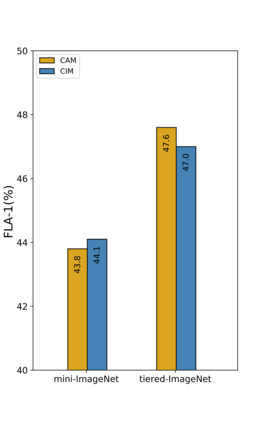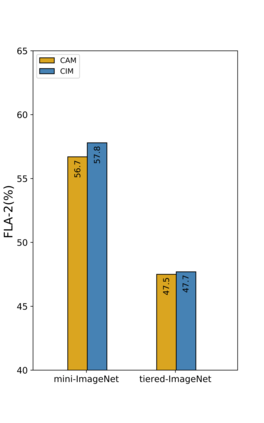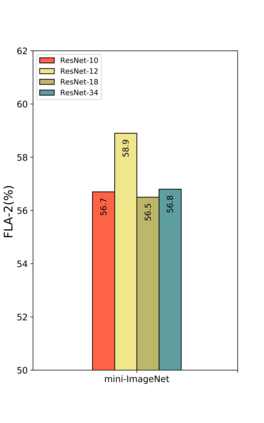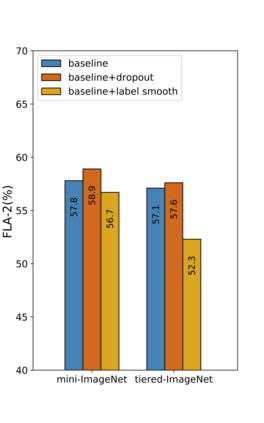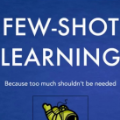Few-shot classification (FSC) is one of the most concerned hot issues in recent years. The general setting consists of two phases: (1) Pre-train a feature extraction model (FEM) with base data (has large amounts of labeled samples). (2) Use the FEM to extract the features of novel data (with few labeled samples and totally different categories from base data), then classify them with the to-be-designed classifier. The adaptability of pre-trained FEM to novel data determines the accuracy of novel features, thereby affecting the final classification performances. To this end, how to appraise the pre-trained FEM is the most crucial focus in the FSC community. It sounds like traditional Class Activate Mapping (CAM) based methods can achieve this by overlaying weighted feature maps. However, due to the particularity of FSC (e.g., there is no backpropagation when using the pre-trained FEM to extract novel features), we cannot activate the feature map with the novel classes. To address this challenge, we propose a simple, flexible method, dubbed as Class-Irrelevant Mapping (CIM). Specifically, first, we introduce dictionary learning theory and view the channels of the feature map as the bases in a dictionary. Then we utilize the feature map to fit the feature vector of an image to achieve the corresponding channel weights. Finally, we overlap the weighted feature map for visualization to appraise the ability of pre-trained FEM on novel data. For fair use of CIM in evaluating different models, we propose a new measurement index, called Feature Localization Accuracy (FLA). In experiments, we first compare our CIM with CAM in regular tasks and achieve outstanding performances. Next, we use our CIM to appraise several classical FSC frameworks without considering the classification results and discuss them.
翻译:少见分类(FSC)是近年来最令人关切的热点问题之一。一般设置包括两个阶段:(1) 预先培训具有基础数据(有大量标签样本)的特征提取模型(FEM)。(2) 利用FEM提取新数据的特点(标签样本不多,而且与基准数据有完全不同的类别),然后将其与待设计的分类器进行分类。预先培训的FEM适应于新数据决定了新特征的准确性,从而影响到最终的分类性能。为此,如何评估经过培训的FEM是FSC群体中最重要的焦点。这听起来像传统的类激活映射(CAM)方法可以通过不覆盖加权特征地图来实现这一点。然而,由于FSC的特殊性(例如,使用事先培训过的FEM提取新特征),我们无法以新版本的类别来激活地貌图。为了应对这一挑战,我们提出了一个简单灵活的、灵活的方法,在分类相关的映射(CIM)中,我们首先通过直观的CIM测量能力,我们用直观的直径的直径测量结果,然后用直径的直径直径数据进行直径分析。












































